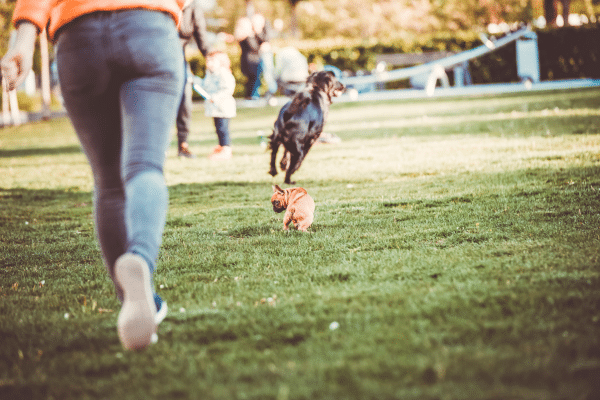
We recently ran a story in our local media about The Importance of Identifying Pets, Advice for guardians of pets who are lost: Where to turn to and how to prevent losing your pets. This blog post is a follow-up on that and provides useful information to pet guardians to help prevent losing your beloved furry family members.
Losing a pet can be an incredibly stressful experience for pet guardians. Whether your pet has escaped from your yard, slipped out of its collar during a walk, or gotten lost in an unfamiliar area, the fear and worry of not knowing where your pet is can be overwhelming.
Fortunately, there are many steps you can take to reduce the chances of your pet getting lost or going missing. Here are some suggestions:
- Make sure your pet has identification tags: The simplest way to help your pet get home if they get lost is to make sure they have identification tags on their collar or harness. These tags should include your pet’s name, your phone number, and any other relevant contact information. If your pet is microchipped, make sure that the microchip is registered and up to date. MHS offers weekly microchip clinics.
- Keep your pet on a leash or in a secure area: One of the easiest ways for pets to get lost is if they are allowed to roam free in unsecured areas. Whether you’re taking your pet for a walk or letting them play in your yard, make sure that they are on a leash or in a securely fenced area to prevent them from wandering off.
- Use GPS tracking: GPS tracking devices can be a great tool for pet guardians. These devices can attach to your pet’s collar or harness and allow you to track their location in real-time using a mobile app. This can be especially helpful if your pet likes to explore or if you live in an area where your pet could get lost easily.
- Have recent photos of your pet: Having recent photos of your pet can be helpful if they do go missing. Make sure you have both close-up and full-body shots, as well as pictures that show any unique markings or characteristics that could help identify your pet.
- Keep your contact information up to date: If you move or change phone numbers, make sure to update your pet’s identification tags and microchip information with your new contact information. This will help ensure that you can be reached if your pet is found.
- Use social media and lost pet websites: If your pet does go missing, use social media and lost pet websites to spread the word. Post photos and descriptions of your pet, as well as any relevant information about when and where they were last seen. This can help increase the chances of someone spotting your pet and getting in touch with you. Always post your missing pet on our Lost Pet Website – Ten Thousand Eyes – for which we always need volunteers to help keep an eye out for lost pets.
- Consider professional training: Some pets may benefit from professional training to help prevent them from wandering off or running away. This can be especially helpful for pets that have a history of running away or that are easily spooked. MHS offers specialized dog training for all your needs.
By following these tips, you can help reduce the chances of your pet getting lost or going missing. Remember, the key is to be proactive and take steps to prevent your pet from wandering off or escaping in the first place. With a little effort and preparation, you can help ensure that your pet stays safe and happy at home.
How to prevent pets from breaking out of the house by dashing through an open door and running into the street.
- Train your pet to stay: Teach your pet to stay in a specific spot when you open the front door. This can be done by using positive reinforcement training techniques. Gradually increase the duration of the stay until your pet can remain in place even when the door is fully opened.
- Use a barrier: Use a barrier, such as a baby gate, to block your pet’s access to the front door. This can be especially helpful if you have a high-energy pet that is prone to bolting out the door.
- Use a leash: Keep your pet on a leash when you’re expecting guests or opening the front door for any reason. This will give you control over your pet’s movements and prevent them from running out the door.
- Create a distraction: Provide a distraction for your pet, such as a toy or treat, when you open the front door. This can help redirect their attention away from the door and prevent them from bolting out.
- Install a screen door: Installing a screen door can create an additional barrier between your pet and the outside. This can be especially helpful if your pet is particularly determined to escape.
- Use a command: Teach your pet a command, such as “stay” or “wait,” to use specifically when you’re opening the front door. This can help reinforce the idea that they should not run out the door without permission. Work on a recall command for when stay or wait is unsuccessful.
By using these solutions, you can help prevent your pet from dashing out the front door and into the street. Remember to always supervise your pet and be patient during the training process. With time and consistency, you can teach your pet to stay safe and secure inside your home.


